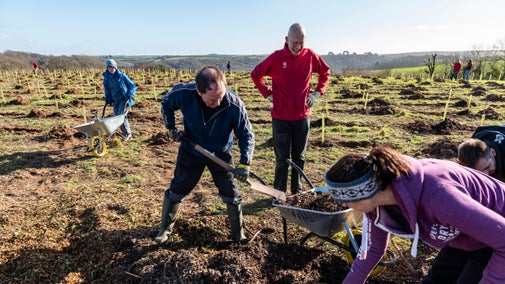A need for green
Easy access to quality green space has become an essential need for urban dwellers, particularly in the aftermath of the outbreak of the Covid-19 pandemic.
The 2020 report by Vivid Economics and Barton Willmore showed that nearly two-thirds of people have appreciated local green spaces more due to Covid and that they want them to be a higher priority for the government.
Some inner-city parks experienced close to a 300 per cent increase in visits over the spring of 2020. The National Trust also experienced unprecedented visitor numbers to urban fringe sites that we care for.
Greening neighbourhoods, towns and cities also brings a host of wider benefits to people’s lives: improving air quality, reducing summer temperatures and surface flooding, and making cycling and walking even more attractive.
A need for investment
The new research published makes a powerful economic case for significant investment across the UK to introduce green spaces to the country’s greyest urban communities over the next five years.
We partnered with the Mayor of the West Midlands, Sustrans, Create Streets, and local council leaders to write to the Prime Minister and urge for a £5.5 billion commitment to an urban green infrastructure fund, to level up access to urban green space as part of his ‘infrastructure revolution’.






